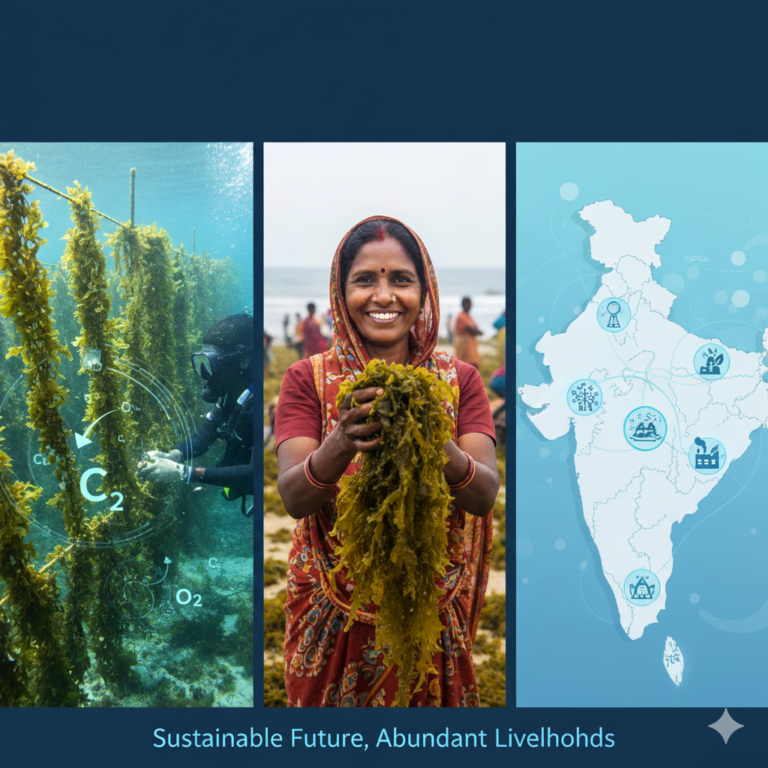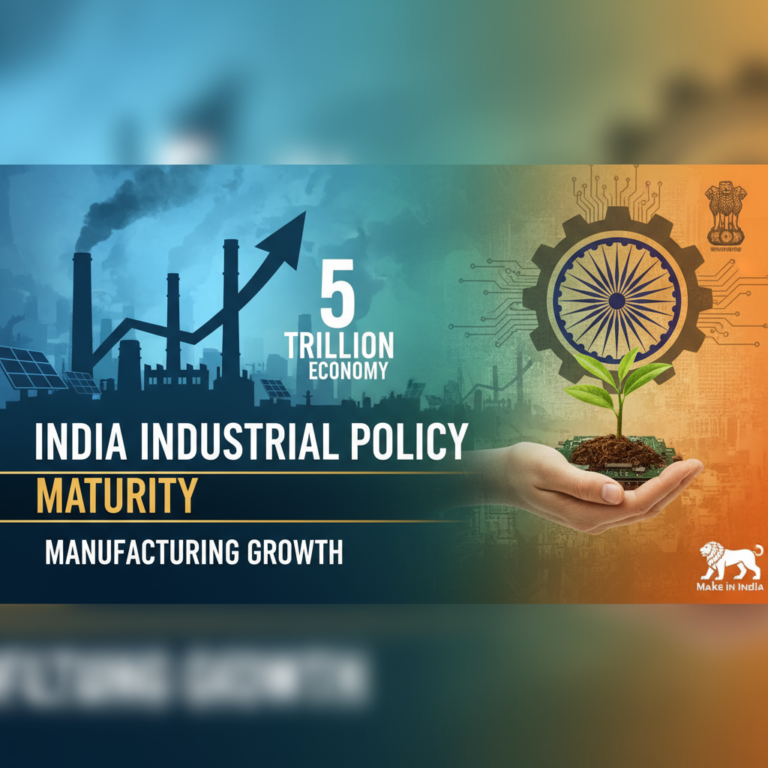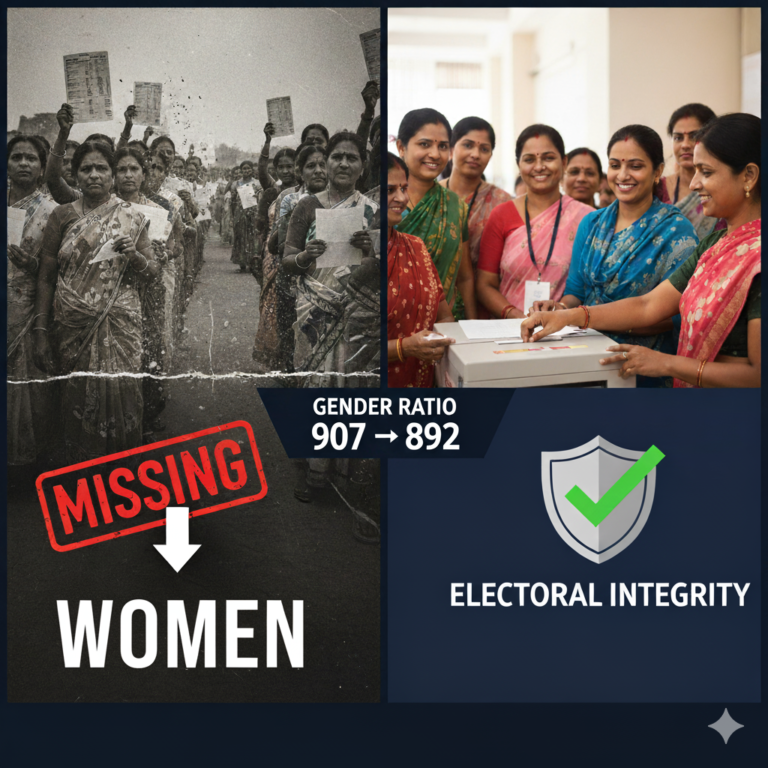Key Highlights
- Ayushman Bharat has two pillars: PM-JAY for hospital care and Health & Wellness Centres (now Ayushman Arogya Mandirs) for comprehensive primary care.
- PM-JAY coverage expanded in Oct 2024 to include all citizens aged 70+ irrespective of income, adding ~60 million seniors. who
- As of Jan 1, 2025, AB-PMJAY authorized 8.59 crore hospital admissions worth ₹1.19 lakh crore.
- India’s public health spending target remains 2.5% of GDP under NHP 2017; this is central to UHC.
- Out-of-pocket spending has fallen but remains significant; outpatient care is a persistent gap needing coverage and primary-level strengthening.
Universal Health Coverage (UHC) ensures all people receive needed quality health services—prevention to palliative—without financial hardship, and is central to SDG 3 by 2030. India’s UHC pathway rests on the National Health Policy (NHP) 2017 and Ayushman Bharat (PM-JAY plus primary care transformation), with recent expansions and digital health integration marking notable progress.
Context: Policies, Pillars, and Recent Expansions
- Defining UHC: Access to the full continuum of essential services without financial hardship.
- NHP 2017: envisages UHC, targets public health expenditure at 2.5% of GDP, emphasizes primary care, free essential drugs/diagnostics, and equity.
- Ayushman Bharat architecture:
- PM-JAY: government-funded health assurance up to ₹5 lakh per family per year for secondary and tertiary care in empanelled hospitals; initially targeted the bottom 40% (approx. 10.74–12.37 crore families), later expanded.
- Health and Wellness Centres → Ayushman Arogya Mandirs (AAMs): upgrading 150,000+ facilities for comprehensive primary care, NCD screening, and free drugs/diagnostics.
- Key recent changes:
- October 2024 PM-JAY expansion to all citizens 70+ years, irrespective of socioeconomic status, via Vay Vandana card mechanism.
- Scale indicators: 8.59 crore admissions authorized worth ₹1.19 lakh crore under PM-JAY as of 01-01-2025; coverage corresponds to 12.37 crore families plus the new elderly cohort.
- Continuous upgrades of AAMs to strengthen preventive and primary care services across the country.
Where India Stands: Progress and Gaps
Progress
- Coverage expansion: PM-JAY now covers the bottom 40% plus 70+ seniors, improving financial risk protection for catastrophic hospitalization.
- Primary care transformation: over 150,000 facilities upgraded to AAMs for comprehensive, free essential care closer to homes.
- Digital backbone: Ayushman Bharat Digital Mission (ABDM) and ABHA health IDs enable interoperable records and continuity of care.
- Decline in out-of-pocket (OOP) burden: multiple assessments note a downward trend, though outpatient costs remain high; editorials highlight OOP down from earlier peaks to under 40% in recent years.
Gaps
- Insurance coverage gaps: nearly 400 million reportedly remain uninsured or underinsured, especially for OPD, diagnostics, and chronic care.
- Outpatient care void: OPD accounts for about two-thirds of household health spending; PM-JAY primarily focuses on hospitalizations.
- Financing shortfall: NHP’s 2.5% of GDP target is still a work in progress, constraining system capacity and equity.
- Primary care workload and workforce distribution: sustained HRH incentives and rural service design are needed to ensure quality at AAMs.
- Balancing public-private mix: rapid private sector growth alongside variable public capacity requires better purchasing, regulation, and quality assurance.
Analysis: What Will Move the Needle Toward UHC?
- Expand financial protection beyond hospitalization
- Integrate OPD consultations, essential diagnostics, and chronic disease medicines into publicly financed coverage, at least for vulnerable and high-burden groups initially.
- Develop modular chronic care packages (e.g., diabetes, hypertension, cancer follow-up) incentivizing early detection and adherence, reducing avoidable hospitalizations.
- Strengthen primary care and gatekeeping
- Consolidate AAMs as the first point of contact, with referral protocols, NCD screening, mental health, palliative care, and telehealth integration.
- Ensure uninterrupted availability of free essential drugs/diagnostics at primary facilities to directly reduce OOP.
- Health financing and strategic purchasing
- Progressively raise public health expenditure toward 2.5% of GDP to sustain service expansion, quality, and human resources.
- Use strategic purchasing under PM-JAY to emphasize quality, rational care, and fraud control; strengthen claims analytics and preauthorization to curb moral hazard.
- Human resources for health (HRH)
- Incentivize rural and underserved postings via bonds, accelerated career tracks, financial incentives, and local recruitment; empower mid-level providers for team-based care.
- Align medical education with community health needs and integrate AYUSH where appropriate for preventive and promotive roles.
- Digital health and data systems
- Scale ABHA-linked records and e-prescriptions; integrate registries for NCDs, maternal-child health, and elderly care to guide population health management.
- Use real-time dashboards for utilization, quality, and equity monitoring across districts.
- Equity focus and elderly health
- Following the 70+ universal inclusion, develop geriatric care pathways, home-based care, and assistive services for frailty and multimorbidity.
- Tailor services for tribal, remote, and urban-poor populations with mobile units, telemedicine, and community outreach.
Evidence caution
- Prior insurance experiences (e.g., RSBY) show that without strong gatekeeping and regulation, OOP may not fall and can even rise; robust oversight is essential to realize financial protection goals.
Data Snapshot:
- PM-JAY benefit: up to ₹5 lakh per family per year; secondary and tertiary care in empanelled hospitals.
- Coverage base: approx. 12.37 crore families (bottom 40%), plus universal 70+ population added in Oct 2024.
- Utilization: 8.59 crore hospital admissions authorized; value ₹1.19 lakh crore as of 01-01-2025.
- Primary care upgrades: 150,000+ facilities converted to Ayushman Arogya Mandirs for comprehensive primary care.
- Policy target: public health spending to reach 2.5% of GDP per NHP 2017.
Conclusion
India has made measurable strides toward UHC by expanding financial protection through PM-JAY, upgrading primary care via AAMs, and building a national digital health backbone. Yet, key gaps remain—particularly outpatient coverage, sustained financing toward 2.5% of GDP, workforce distribution, and systemic regulation to prevent overuse and ensure quality. The near-term roadmap should prioritize OPD integration for vulnerable groups, robust gatekeeping at primary level, strategic purchasing and fraud control, HRH incentives, and inclusive geriatric and underserved-area services to translate coverage into genuine care without financial distress.









+ There are no comments
Add yours